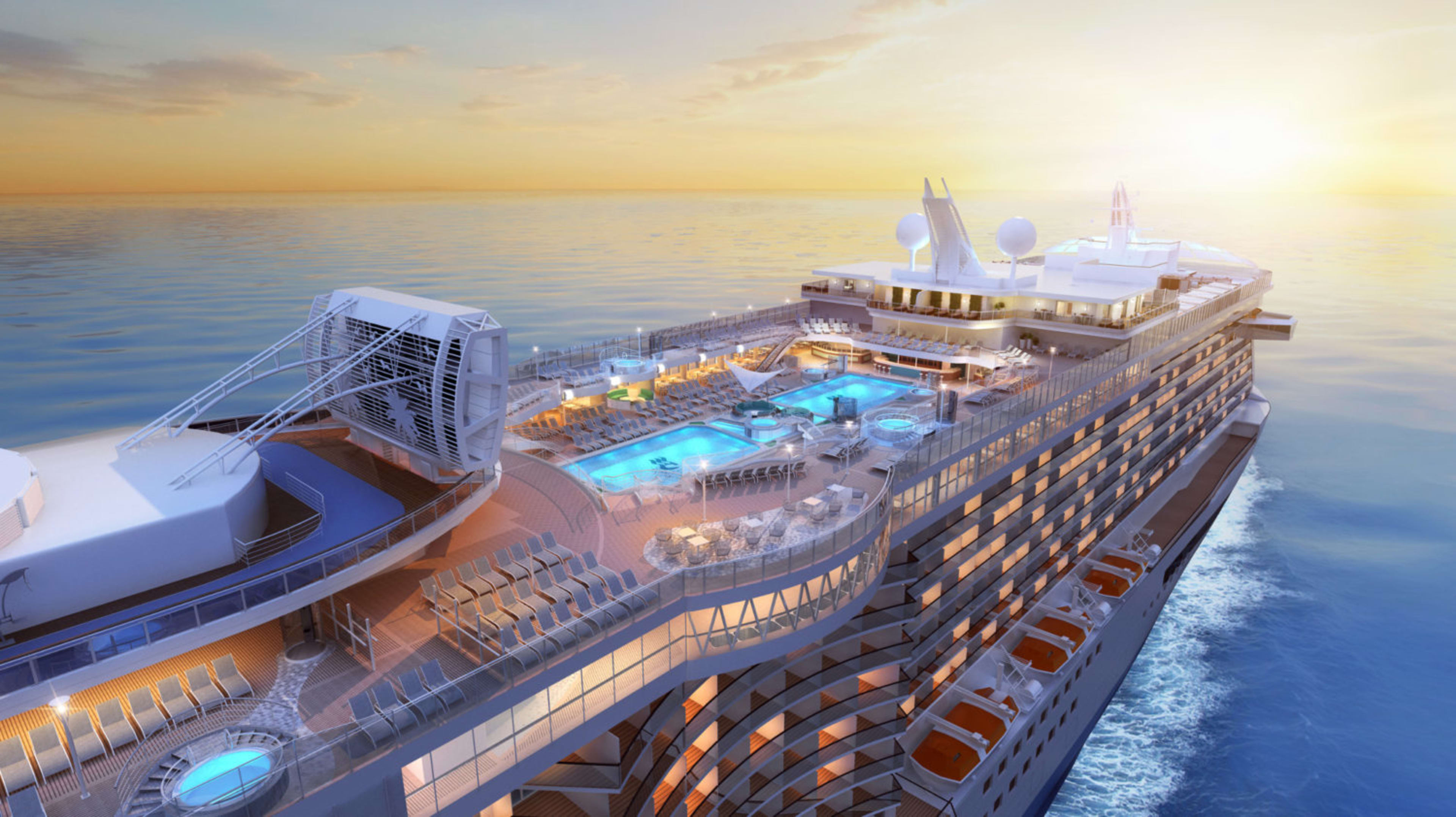Cruise Industry Overview

IndustrySarah Chen • • 3 min read
The passenger cruise industry is a dynamic and competitive sector, dominated by a few key players who control the majority of the global market share. With an ever-growing demand for leisure travel, cruise companies continue to evolve, offering a variety of experiences to cater to different demographics and preferences. This article delves into the major players in the industry, their market share, and the distinguishing features of different cruise lines.
Major Cruise Line Companies and Market Share
Carnival Corporation (45% Market Share)
As the largest player in the cruise industry, Carnival Corporation commands a 45% market share. The company operates a portfolio of globally recognized cruise brands, catering to different segments of the market. These include:
- Carnival Cruise Line – A popular mainstream cruise brand known for its fun atmosphere and budget-friendly options.
- Holland America Line – Offers premium cruises with a refined ambiance and destination-focused itineraries.
- Princess Cruises – Well known for its innovative ship designs and extensive global itineraries.
- Seabourn – A luxury cruise line offering intimate, all-inclusive experiences.
- P&O Cruises and Cunard (United Kingdom) – These lines cater to the British market, with Cunard being famous for its transatlantic voyages and luxurious ocean liners.
- AIDA Cruises (Germany) – Targets the German-speaking market, offering a more relaxed, club-style cruising experience.
- Costa Cruises (Southern Europe) – Specializes in European-style cruising with a structured approach to onboard services.
- P&O Cruises Australia – A leader in the Australian cruise market, offering regional itineraries.
Royal Caribbean Group (25% Market Share)
Royal Caribbean holds the second-largest market share, at 25%. The company operates several well-known brands:
- Royal Caribbean International – Famous for its large, innovative ships featuring high-tech entertainment and adventure activities.
- Celebrity Cruises – A premium cruise line offering a sophisticated atmosphere and elevated culinary experiences.
- Silversea Cruises – A luxury cruise brand specializing in small-ship, ultra-luxury voyages.
- Pullmantur (Spain) – Geared toward Spanish-speaking travelers, offering an immersive cultural experience.
- Azamara – Focuses on destination-rich itineraries with extended port stays.
- Partnerships with TUI Cruises (Europe) and SkySea (China) – Expanding their reach in the European and Chinese markets.
Norwegian Cruise Line Holdings (9% Market Share)
Norwegian Cruise Line (NCL) holds the third-largest share of the cruise market at 9%. The company owns:
- Norwegian Cruise Line – Known for its "Freestyle Cruising" concept, which allows guests to dine whenever and wherever they choose, without formal dress codes.
- Oceania Cruises – A premium brand catering to travelers who seek immersive destination experiences and gourmet dining.
- Regent Seven Seas Cruises – A luxury all-inclusive cruise line offering some of the most upscale accommodations at sea.
MSC Cruises (6.4% Market Share)
MSC Cruises is a privately owned Swiss-based cruise line with a 6.4% share of the market. The company has been expanding aggressively, offering a European-style cruising experience with a strong focus on Mediterranean itineraries while also expanding into North American and Caribbean markets.
Other Cruise Companies (15% Market Share)
The remaining 15% of the market is shared among smaller cruise lines, including boutique luxury lines, expedition cruise companies, and regional operators. These companies often offer specialized experiences, such as adventure cruises to Antarctica, river cruises in Europe, or ultra-luxury yacht-style voyages.
Cruise Styles and Service Differentiation
Most mainstream cruise lines, particularly those based in North America, follow a similar "American-style" service model. This includes buffet-style dining, flexible meal options, and a casual yet structured approach to onboard activities. However, there are key differences between cruise lines:
-
NCL's "Freestyle Cruising" Concept – Unlike traditional cruise lines that have assigned dining times and dress codes, Norwegian Cruise Line offers a flexible approach to dining, allowing guests to eat when, where, and with whom they prefer. Formal nights are also optional, making it a more relaxed experience.
-
European-Style Cruising – Some European cruise lines, such as Costa Cruises and MSC Cruises, offer a more structured experience. Costa Cruises, for example, has a regimented approach, catering primarily to continental European guests. Differences in service include:
- No hot breakfast options at the buffet.
- No buffet dining available at dinner time.
- No complimentary iced water at meals; guests must purchase bottled water.
- A greater emphasis on multilingual service, accommodating various European nationalities.
Conclusion
The passenger cruise market is dominated by a few major corporations, each offering a diverse range of cruising experiences. From the mainstream fun-filled voyages of Carnival to the ultra-luxury offerings of Seabourn and Silversea, travelers have a vast selection of cruise styles to choose from. Understanding the differences in service, dining, and onboard culture is essential for selecting the right cruise experience. Whether seeking an adventure-packed megaship, a relaxed and flexible dining experience, or a refined European-style voyage, the cruise industry has something for everyone.